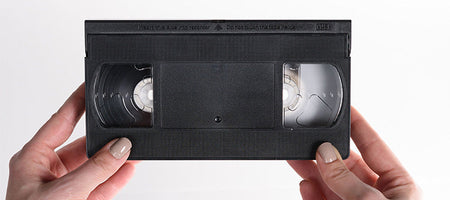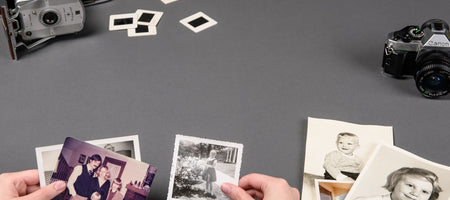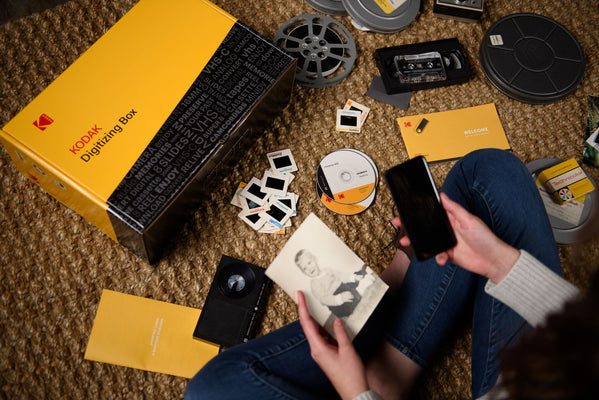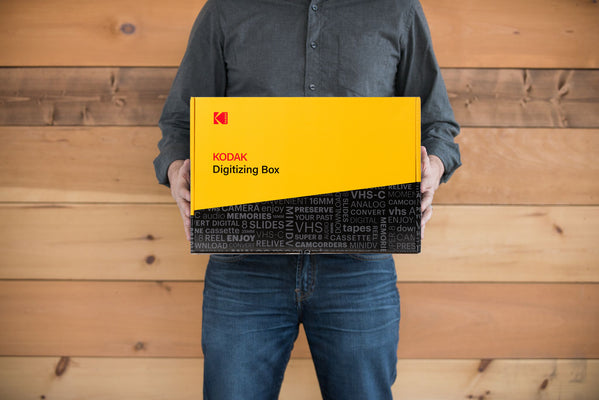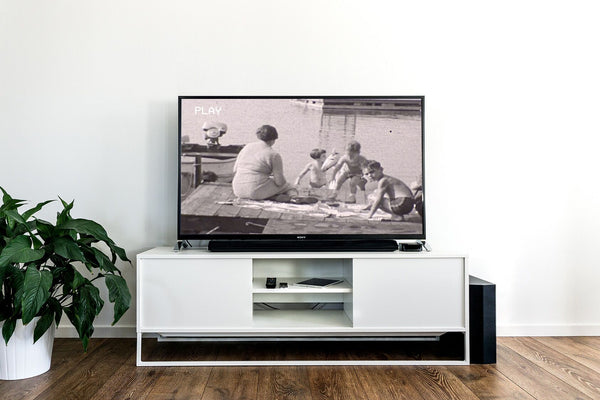These days, we take media for granted. Heck, we’re surrounded on all sides by the stuff. Social media, home media, news media, mainstream media--it’s media on media on media. We have access to thousands of movies via streaming services, and we can take pictures and videos with tiny devices that fit in our pocket with a swipe of our finger. We’re living in what is probably the golden age of content.
But it wasn’t always like this.If we look back at the history of home movies, most people didn’t even have the ability to make them until around the 1980s--that is, until a magical device called the VHS tape made recording home videos easy, fun, and basically foolproof. That doesn’t mean there weren’t video formats before the VHS. It’s just that camcorders upended the entire marketplace and put home media in everyone’s home.
But this blog post isn’t about how VHS basically transformed home videos for forever. It’s about what came before. The interesting thing is that, prior to VHS, there wasn’t really one format that ruled all the others. These are the three most popular filming formats before VHS kicked them to the curb.
Super8
Super8 film was a hugely successful and popular format in its day. There are a few reasons for its popularity. First, instead of loose film, the Super8 used little canisters, which made it way more user friendly. The film was shot in negatives, which meant that you had to take your films to get developed after you captured them. Super8 was really popular with many families due to its affordability, portability, and usability. Those are all of the “ilities” that you want with your film format.
8mm
8mm film is really similar to Super8. They’re both 8 millimeters wide, and they both have the option to shoot in color or black and white. The difference is that 8mm film came in spools. This simple difference made 8mm film much more difficult for the average user. You had to load the film yourself, being sure to keep it taught. When you were finished filming, you had to be extra careful to not expose the film to light, otherwise your new magnum opus would be rendered totally overexposed. 8mm was a good format for the time, but its delicate nature made it pretty obsolete once Super 8 and VHS came around.
Betamax
The unfortunate loser to the VHS format battle, some people still insist that Betamax was a better format. Betamax tapes were really similar to VHS tapes, though they were even a little bit smaller. Some say that they recorded in better picture quality, and I think they looked way cooler than VHS tapes. The problem is that Betamax was owned by Sony, which means it was pretty expensive. When the VHS technology was released JVC licensed it for free which made it much cheaper. The law of penny pinchers prevailed, and Betamax would go down in history as cool, but ultimately irrelevant film format.
These days, we definitely take for granted how easy it is to capture our whole lives in videos and pictures. In the past, you had to battle expensive formats, tangled film, and even light itself to preserve your memories.
These three formats were cool, but still not anywhere near as popular as VHS. Indeed, VHS basically changed the world forever!


